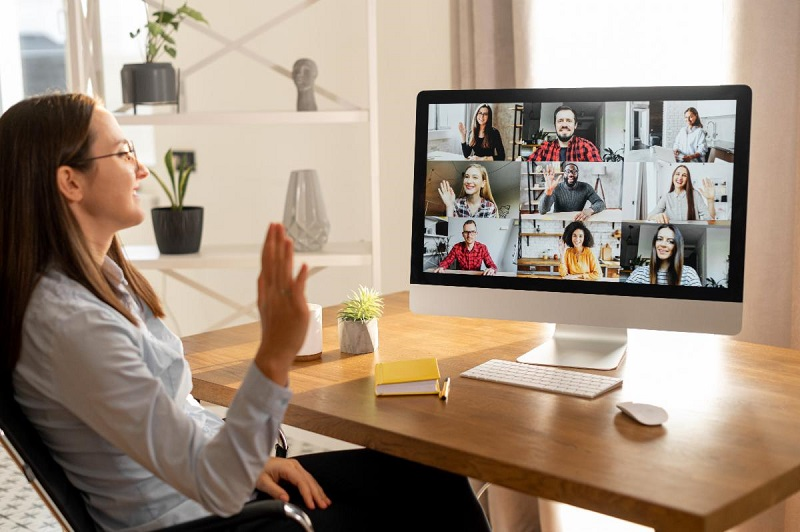ATD Blog
L&D Technologies Can Solve the Great Workplace Disconnect
Thu Dec 29 2022

Thanks to technology, the workplace has never been more connected. Yet individuals and teams seem to be struggling more than ever to work together toward common business goals.
Strong collaboration demands the reconciliation of perspectives—it doesn’t happen easily or automatically. The pandemic created extraordinary conditions in which workers had to reconcile their preexisting beliefs and conceptions of functions and skills against others very quickly, at scale, and without warning. The world was changing, industries and jobs were agglomerating or “clustering” differently than before and, quite suddenly, workers were thrust into this transformation without guideposts.
Think about how winning sports teams collaborate as a point of contrast: Only when everyone aligns quickly, poised to make thousands of small adjustments and calibrations together, are teams able to compete at the highest level. Good intentions and strong character are not enough. It’s impossible to expect newly connected workers to agree on new ways of working overnight and then be able to operate in lockstep. Thus, the Great Workplace Disconnect.
The Great Workplace Disconnect demands answers from every organization. How do we reconcile our differences to work together more effectively? Is it even possible in remote work environments? Are there tools and technologies that have the capacity to help make new connections more effective?
As part of its latest research report, “The Great Workplace Disconnect—and How to Solve It,” NovoEd, in conjunction with Executive Networks, commissioned a survey of 500 full-time US employees to better understand how companies can answer these questions.
The recently released survey results validate the transformation at play: Two-thirds of respondents work in an organization that now requires them to collaborate with co-workers differently today than they did in 2019, and the most common pivot they’ve had to undertake is to work more collaboratively while in hybrid work environments. Unsurprisingly, a majority of respondents feel measurably less connected to their organization and less capable of effective collaboration.
Strikingly, this new research also posits that only 27 percent of remote-worker respondents feel less connected to their co-workers since the beginning of the pandemic. This suggests that remote work is not the cause of less effective connection. A two-year-long, pre-pandemic study by researchers at Stanford University helps clarify this point: It found that remote workers are, on average, 13.5 percent more productive than their in-office colleagues, 9 percent more engaged in their jobs, and 50 percent less likely to quit.
If remoteness is not the root cause of the Great Workplace Disconnect, then what is?
One insight from our research stands out as a key to unlocking an answer: Only 31 percent of all respondents feel their organizations provide a great deal of support for learning new skills and expanding their professional capabilities and goals. These findings are particularly pronounced among middle managers (29 percent) and individual contributors (25 percent), who also feel particularly disconnected from their organizations and each other relative to senior management. Perhaps, then, a framing structure that helps to systematize the reconciliation process—especially among middle management and individual contributors—is a viable go-forward solution.
We’ve found that the right kinds of nuanced learning and development technologies can provide this structure, particularly those that help develop greater contextual understanding, situational awareness, and deep capabilities across a workforce. Capabilities—a combination of cognitive and empathic skills, and contextualized knowledge and practical wisdom—enable disparate voices within and across functions to reconcile their differences with greater efficiency and work together with conviction, like a winning sports team.
Our research confirms that organizations investing in strategies and tools that offer middle managers and individual contributors this type of learning, traditionally reserved only for senior management, could have a further competitive edge**.** This underscores the point that while the Great Workplace Disconnect poses an unprecedented challenge for employers and employees alike, it is also an immense opportunity. Investing in context-driven L&D technologies that help employees build capabilities can answer the call for a more connected, collaborative, and aligned remote and hybrid workforce moving forward. And perhaps, give rise to the Great Workplace Connection.
You've Reached ATD Member-only Content
Become an ATD member to continue
Already a member?Sign In

